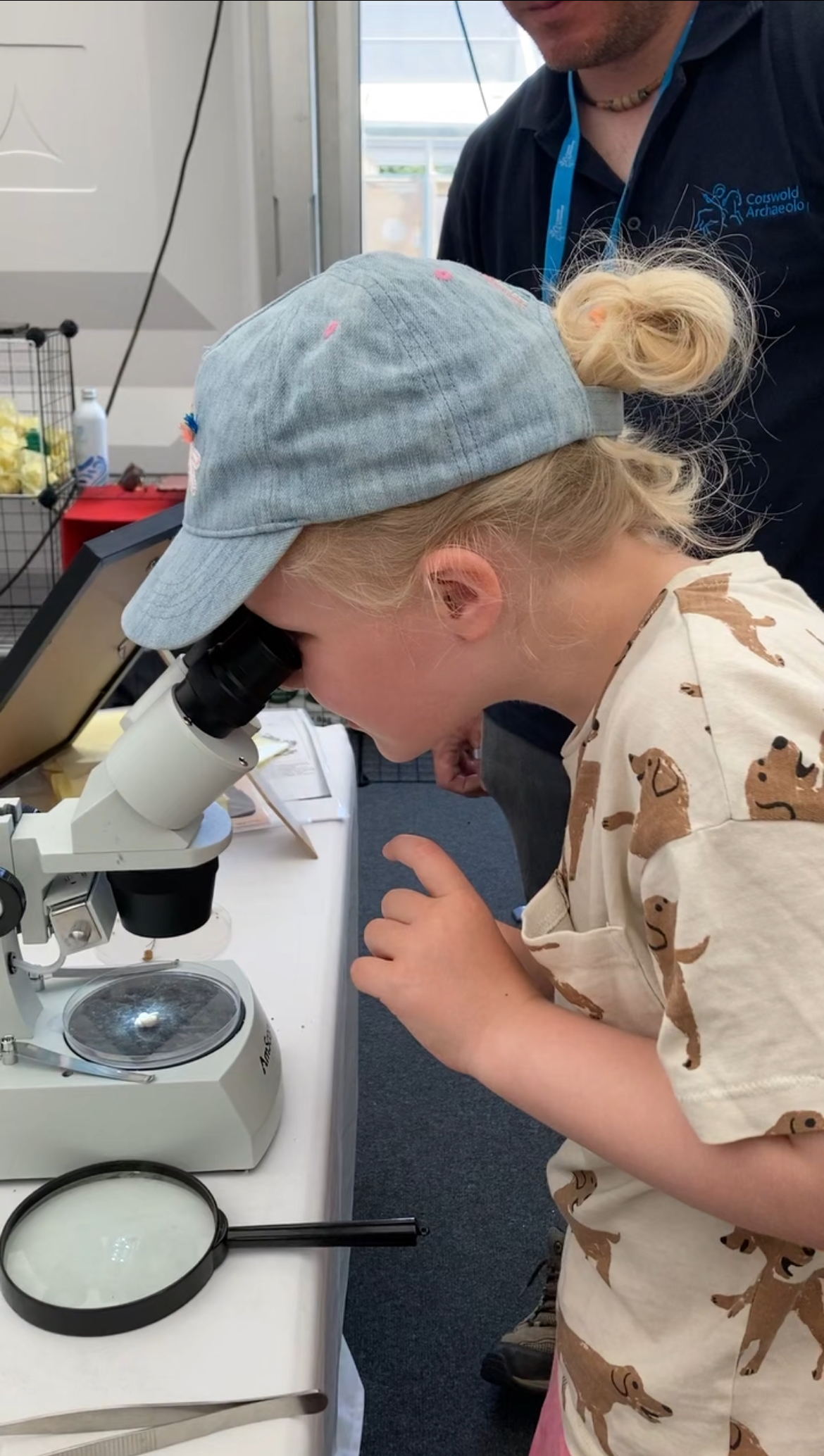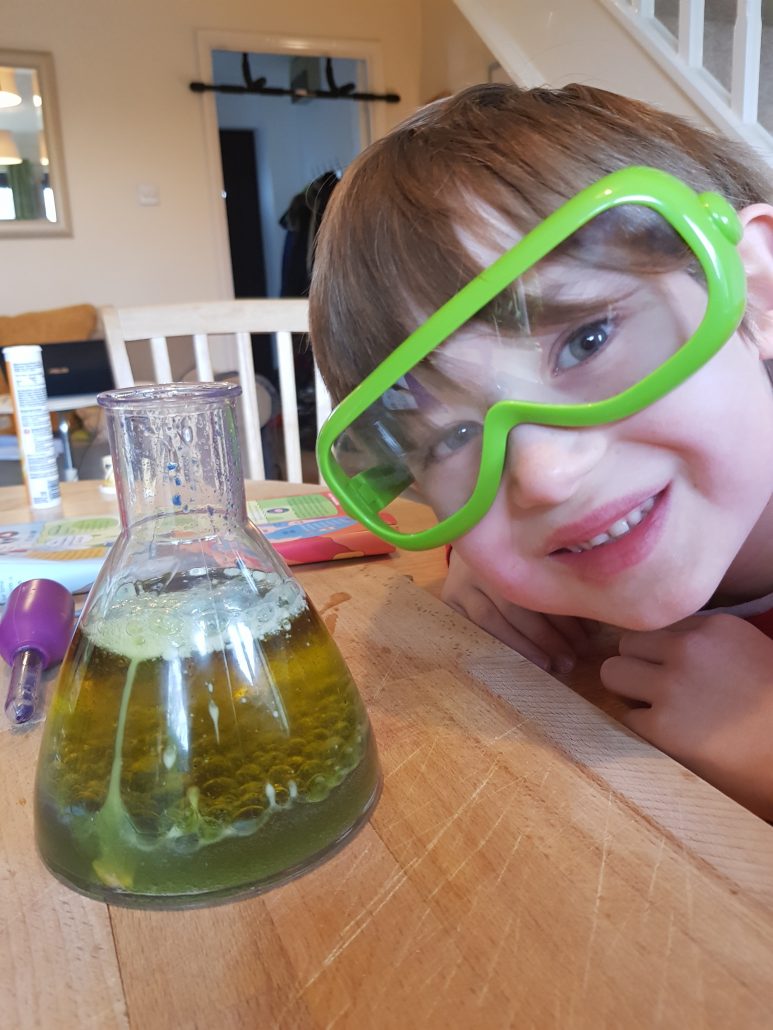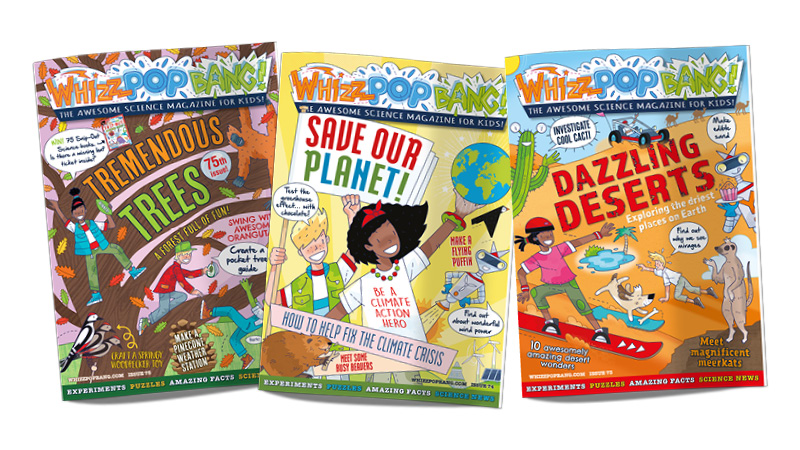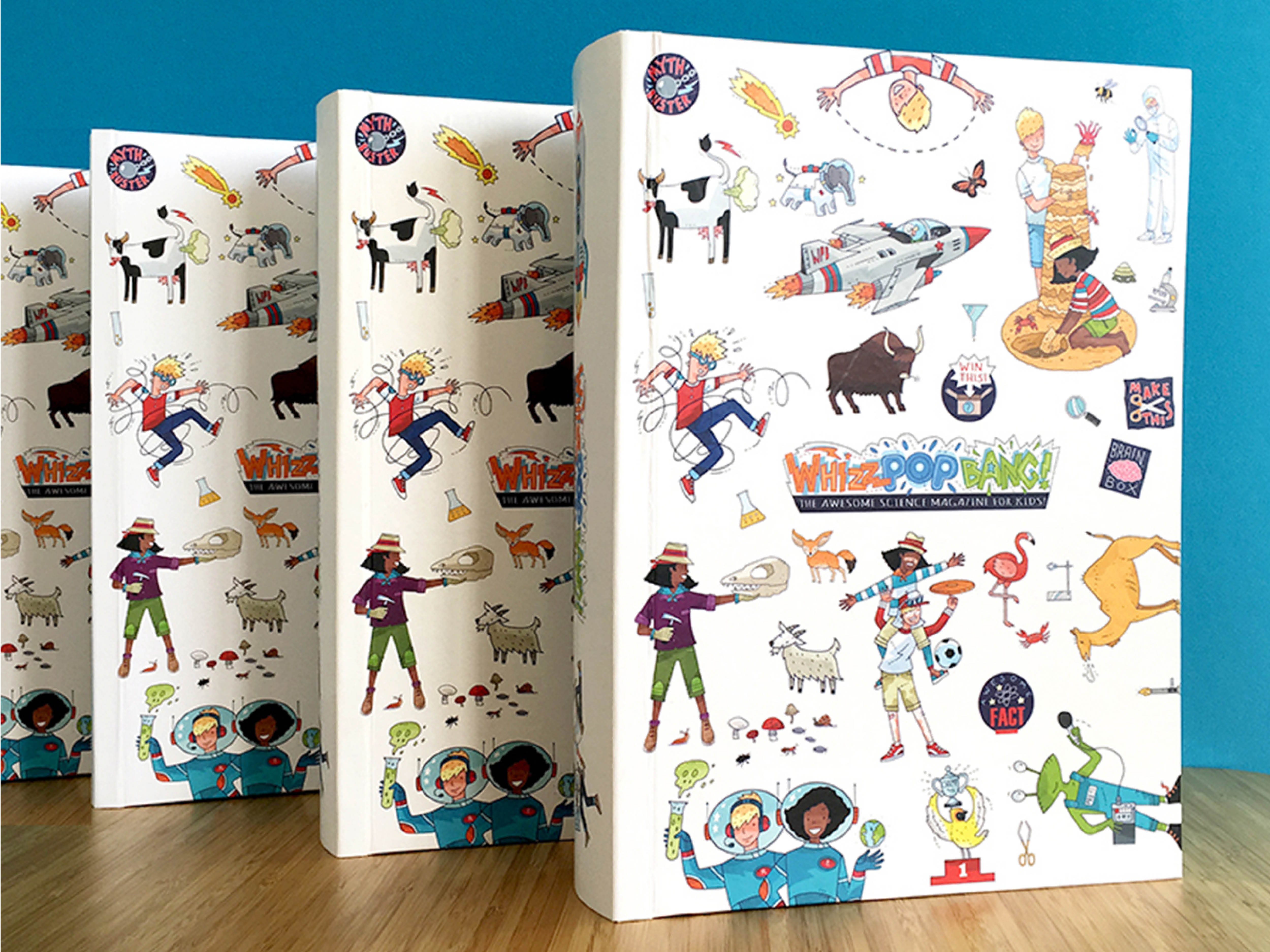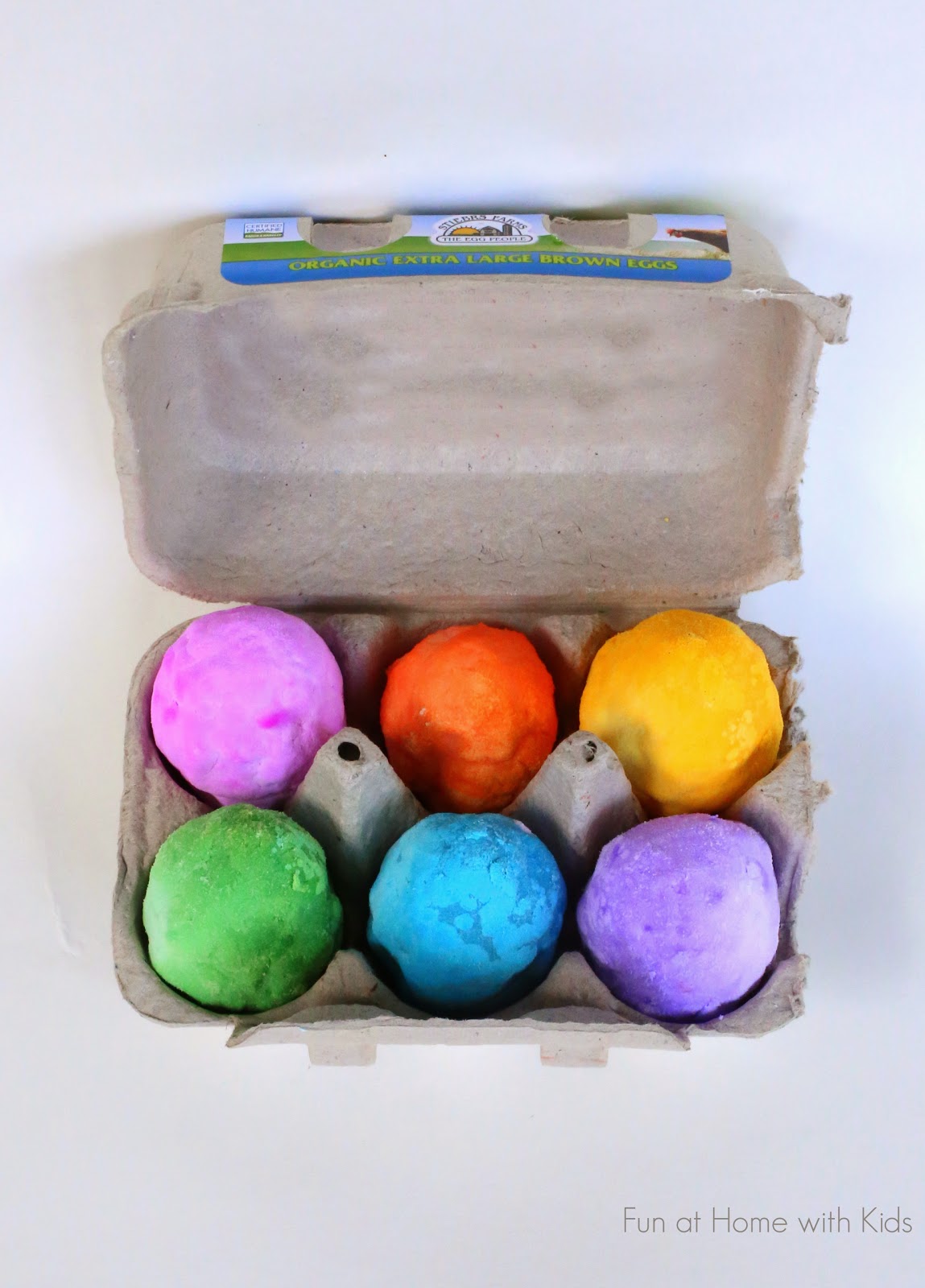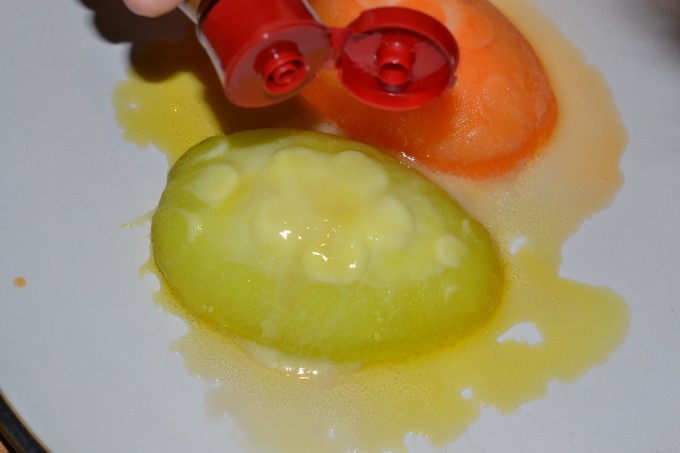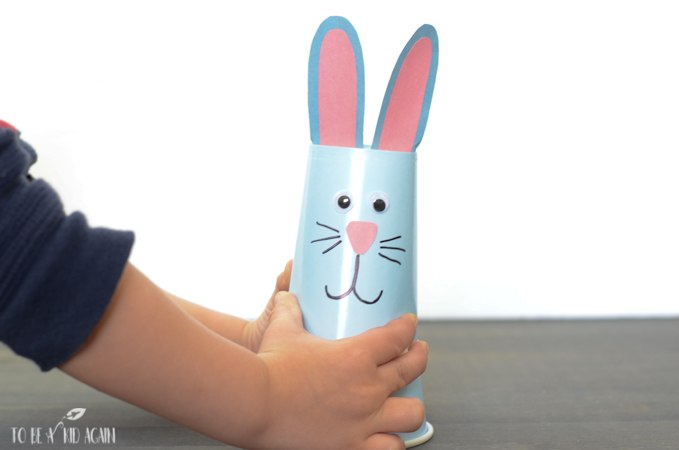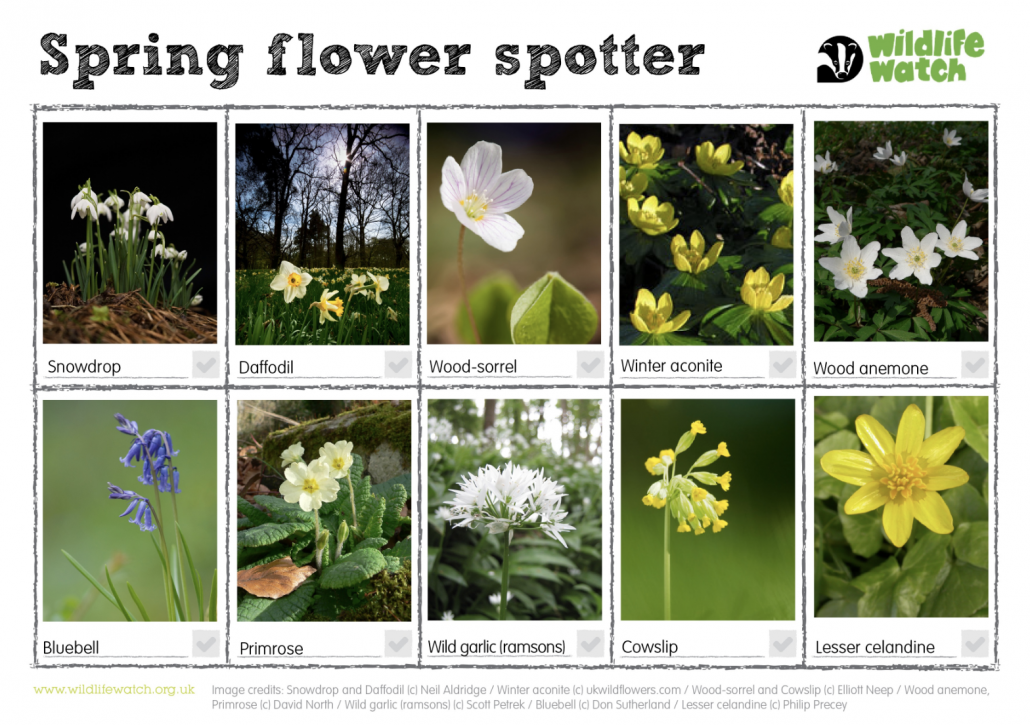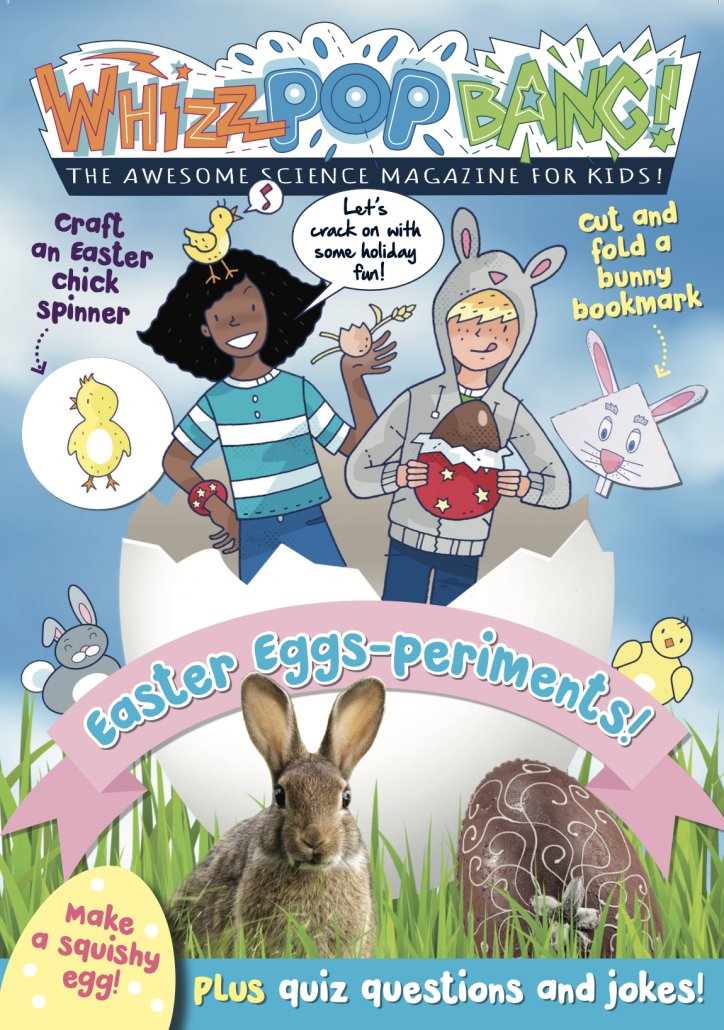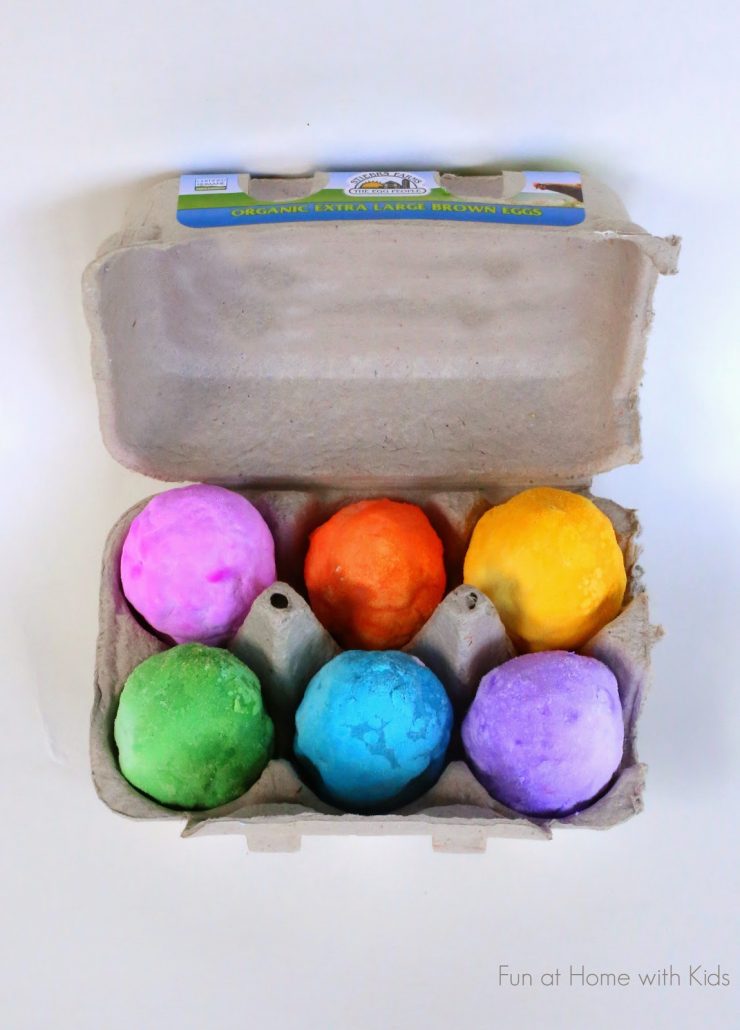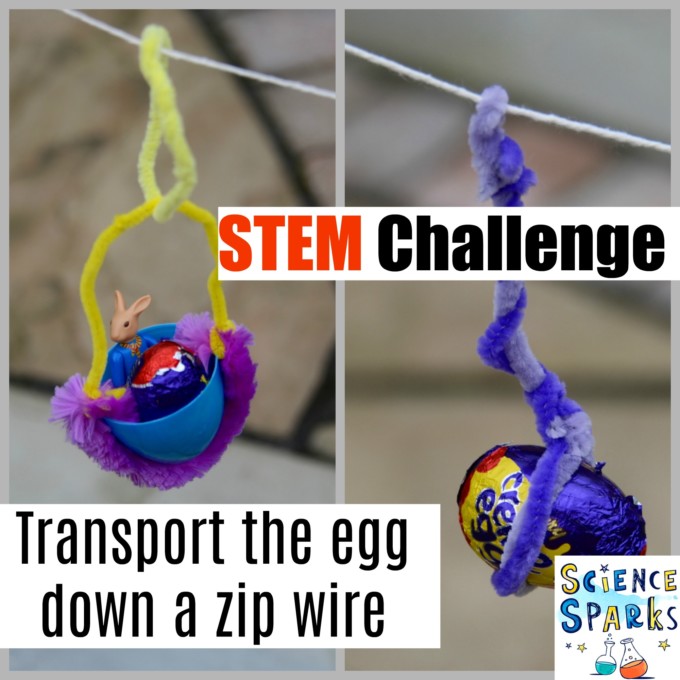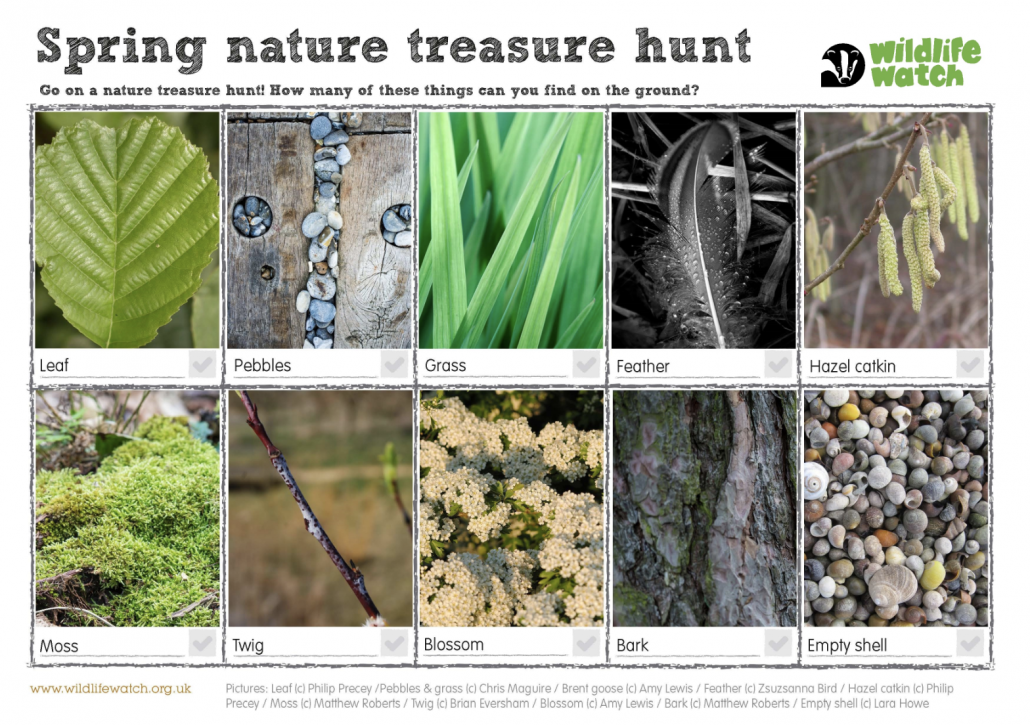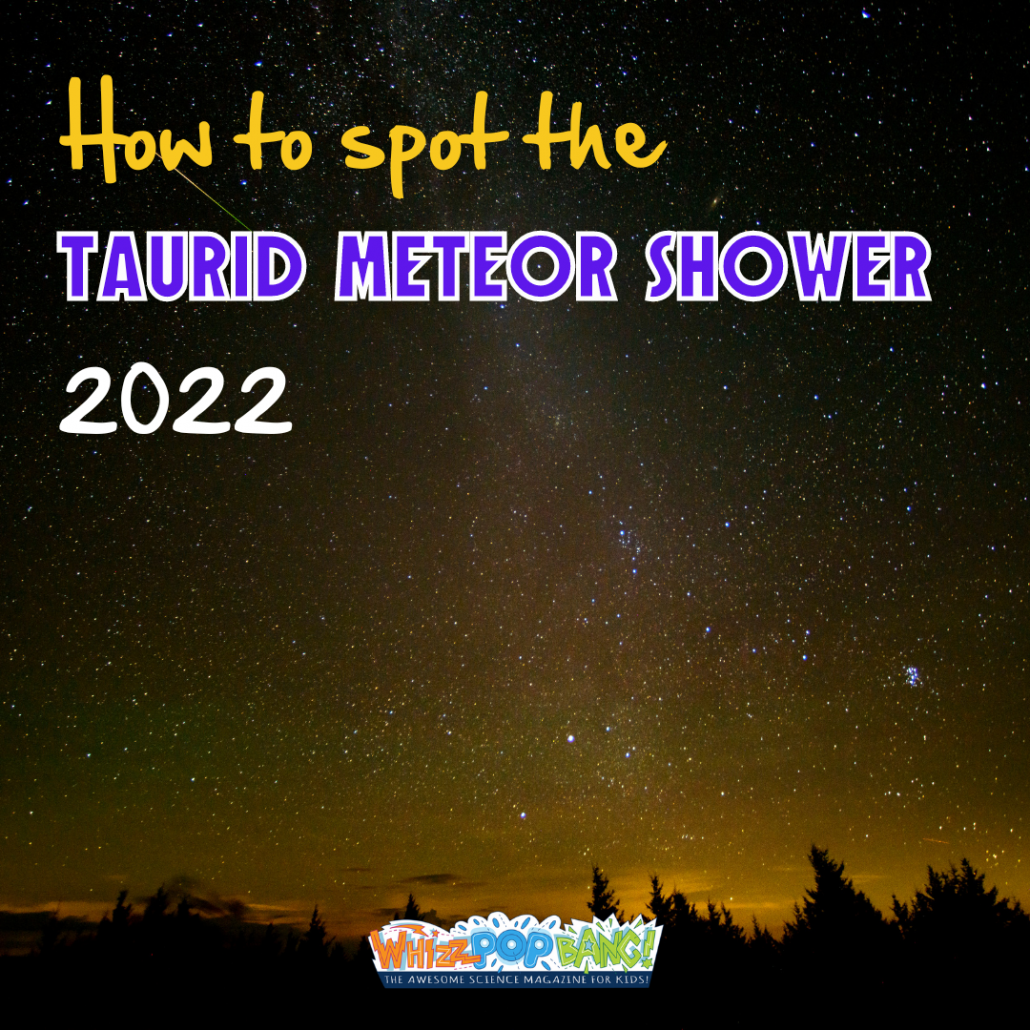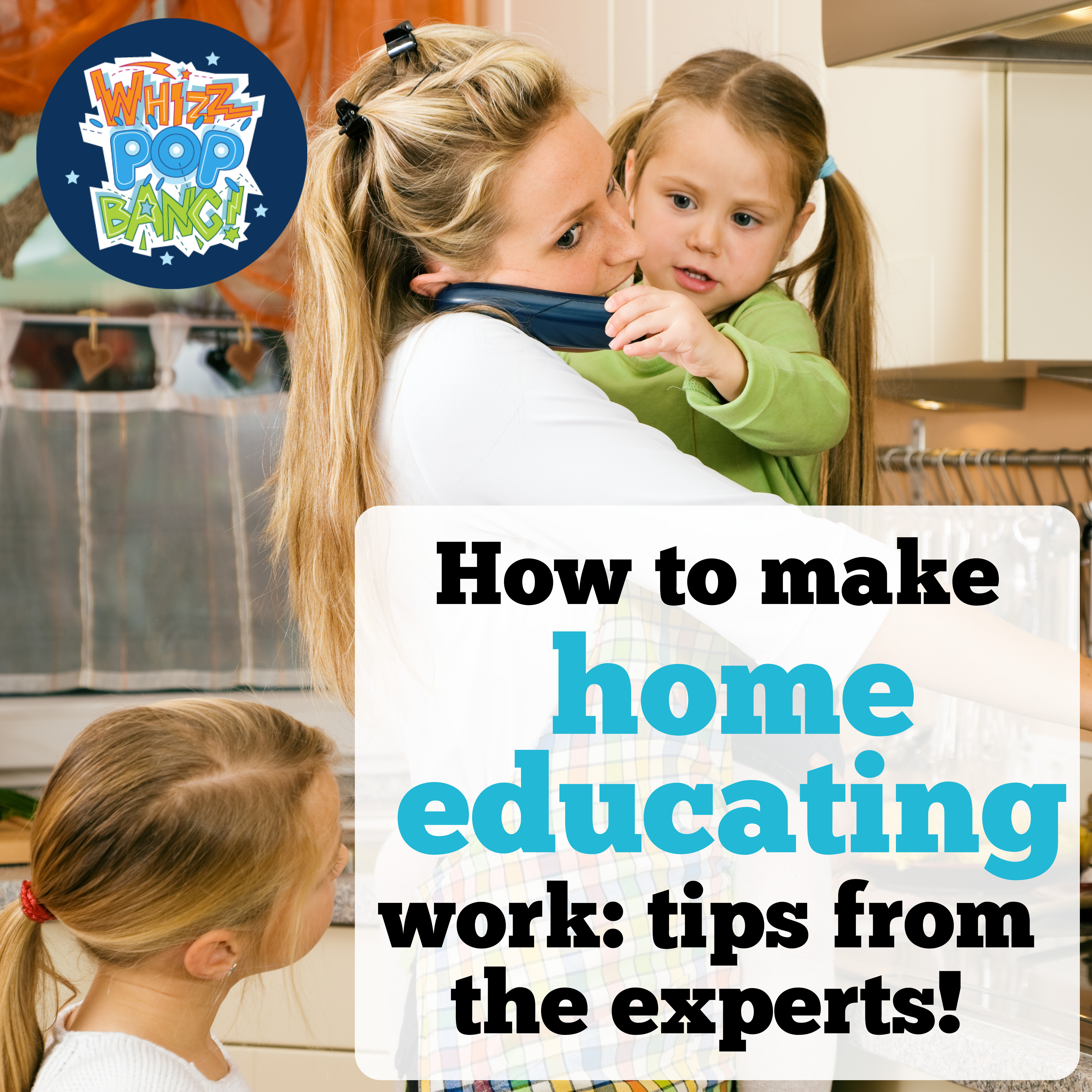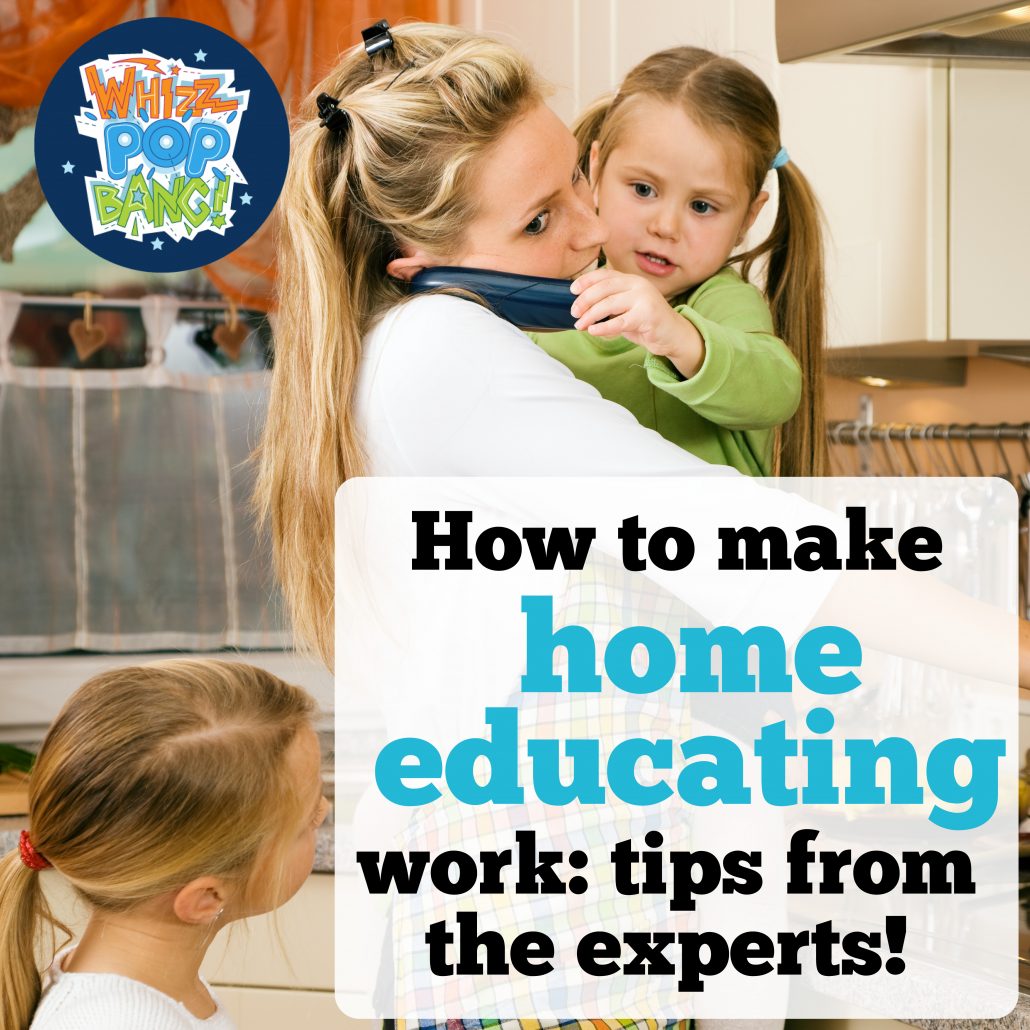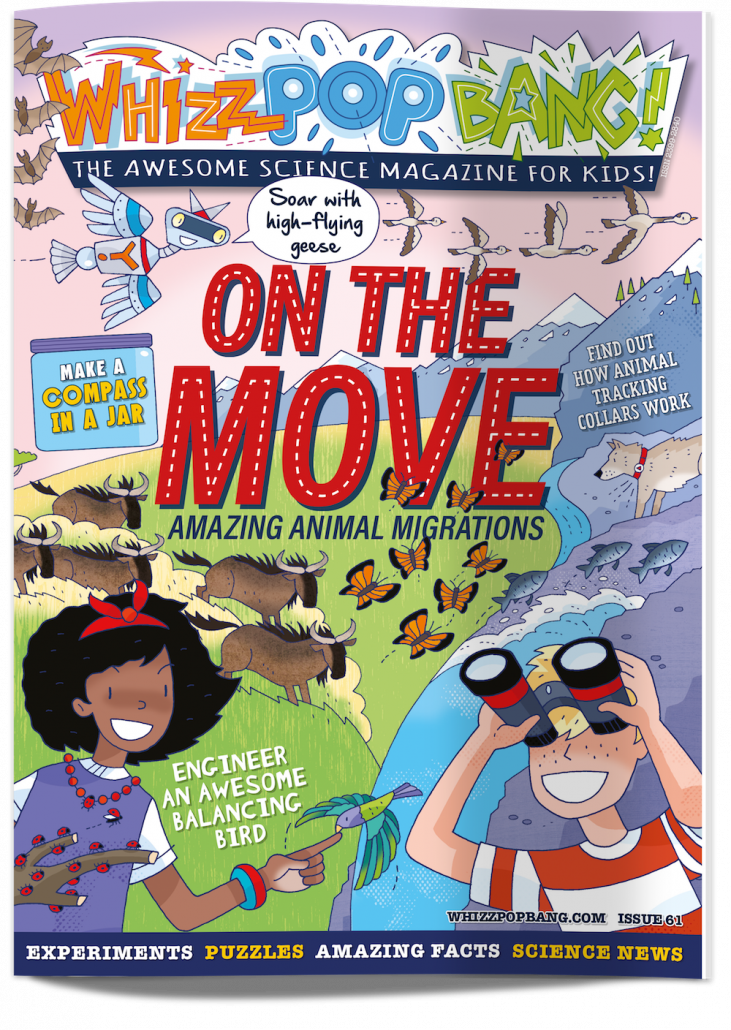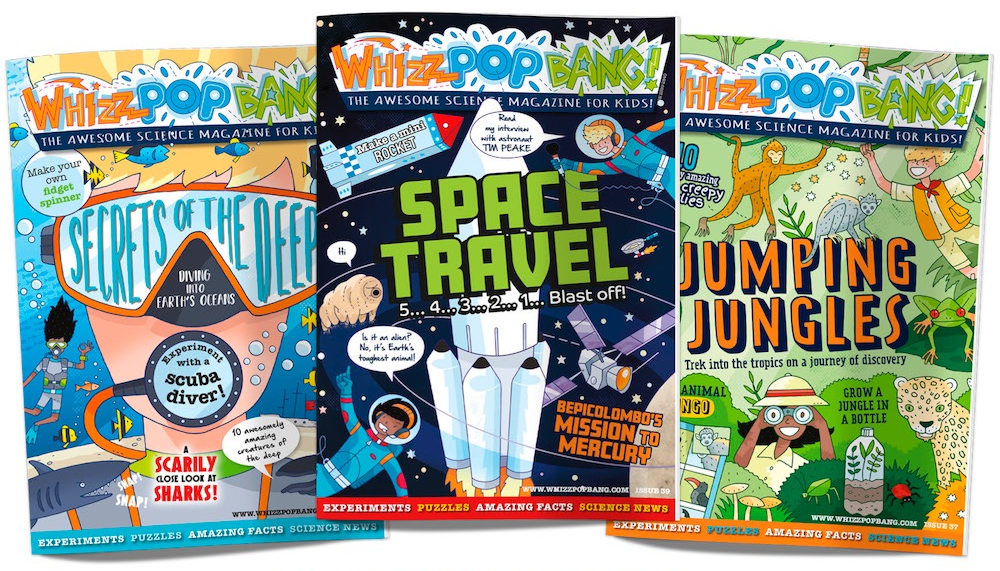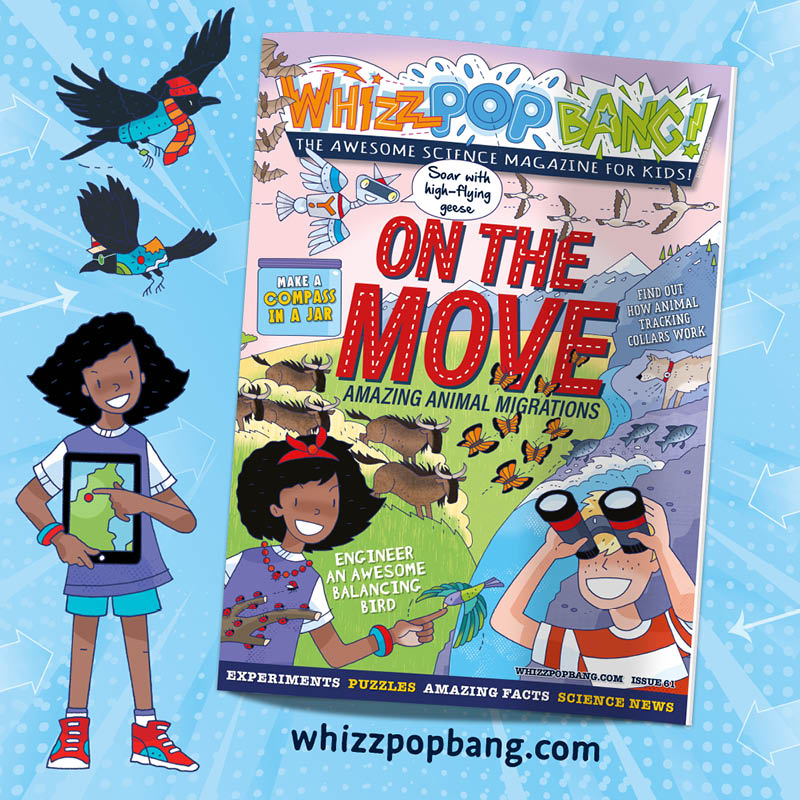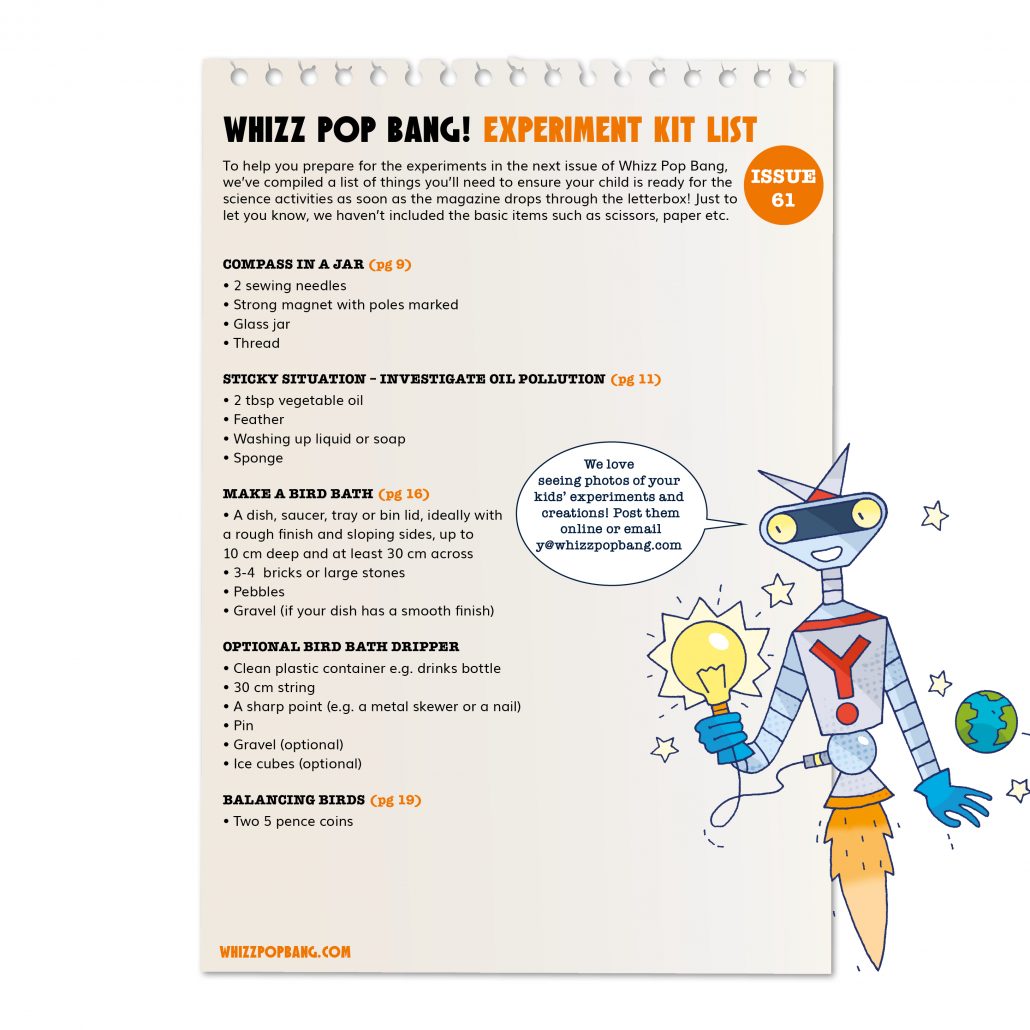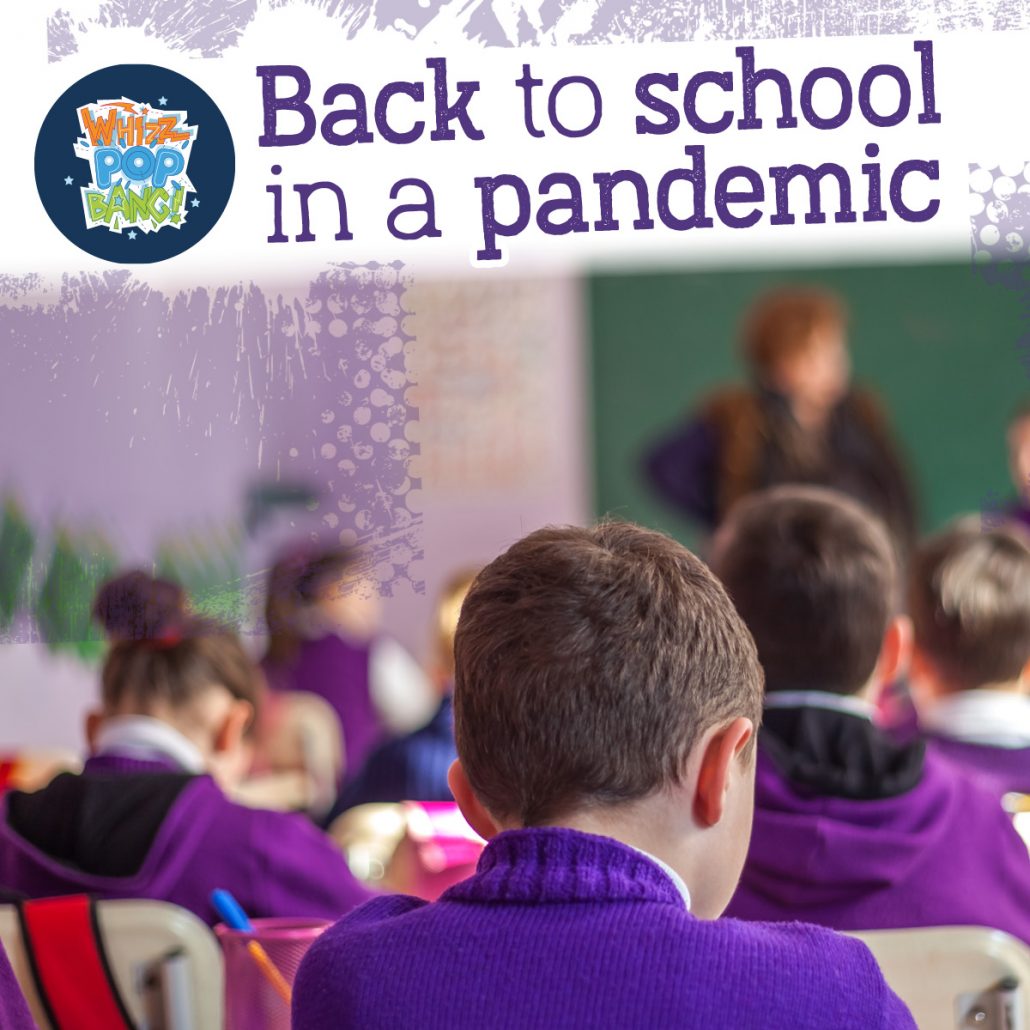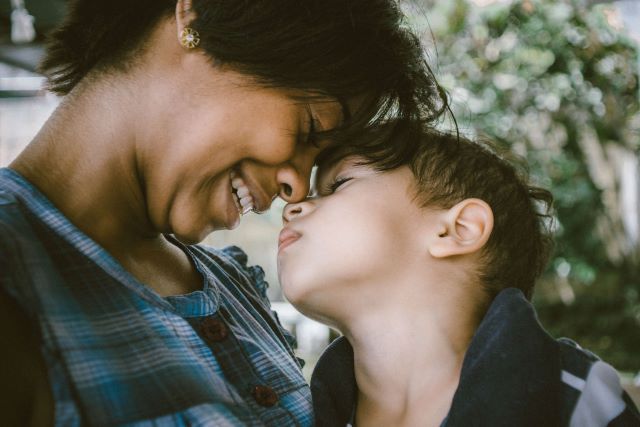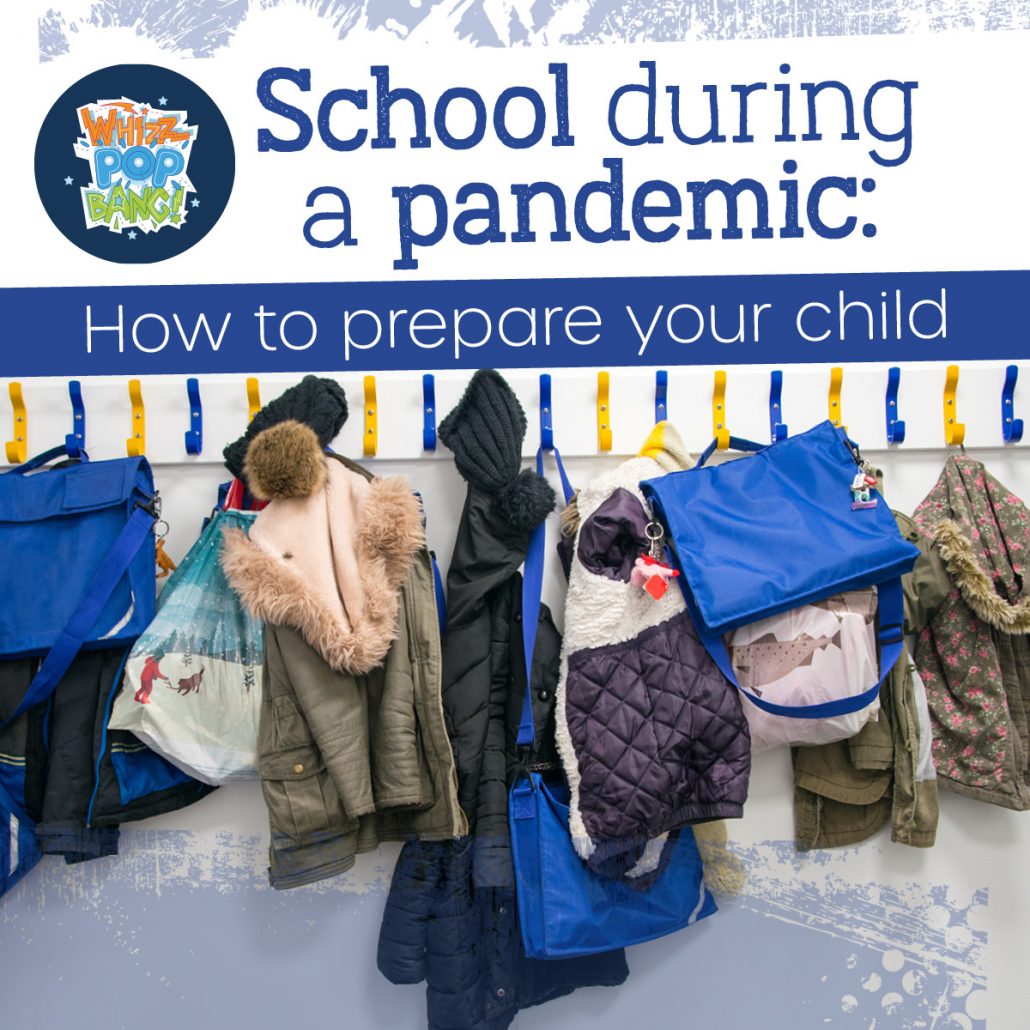Cheltenham Science Festival returns from 3rd to 8th June 2025, promising a week filled with interactive exhibits, inspiring talks, and hands-on activities tailored for young science enthusiasts. Whether you’re a parent, teacher or home educator, there’s something for every budding scientist.
For more details on the Cheltenham Science Festival and to book tickets, visit the official website.
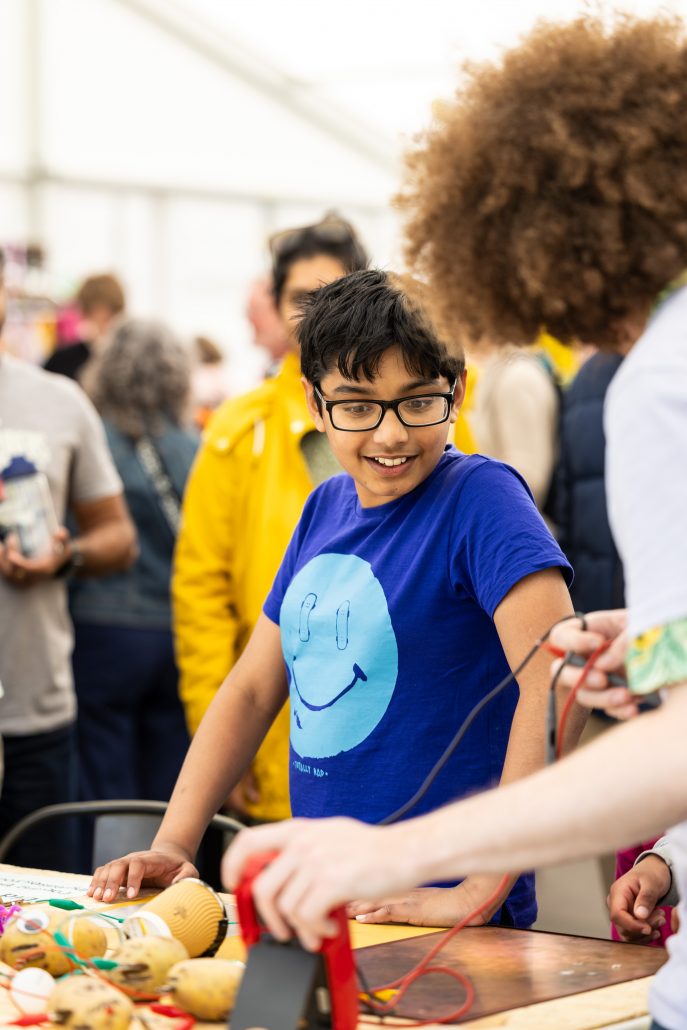
Free Fun for Families at the Festival
Looking for brilliant budget-friendly activities? You’ll find loads of totally free events happening throughout the Cheltenham Science Festival – perfect for curious kids of all ages!
Science Trail (No booking required)
Thursday 5th – Sunday 8th June 2025, all day, Imperial Gardens. All ages
Pick up a trail sheet from the Information Point and follow the fun across the Festival Village! This self-guided trail is packed with fascinating STEM discoveries hidden around every corner. A brilliant way to explore the festival while learning about the world around us.
Free Shows at The Jetstream (No booking required)
Saturday 7th June 2025
- 10.00–10.30am: Science Extravaganza (Age 5+)
Demos, experiments and lots of laughs with science presenter Mark Langtry. - 10.45–11.15am & 1.15–1.45pm: Buzz (Age 4+)
A puppetry adventure with Billy Bumble, shrinking to bee-size and saving the hive! - 11.30am–12.00pm: Bubble Superstars (All ages)
Bubble magic meets Makaton signing with Sarah Bearchell – a gentle, inclusive show. - 12.30–1.00pm: Frog: A Story of Life on Earth (Age 5+)
Science storyteller Isabel Thomas reads her beautiful book – and you’ll make a hopping frog!
Sunday 8th June 2025
- 10.30–11.00am: How to Make a Forest (Age 7+)
Discover trees that travel and seeds that soar with Robin Hayward. - 11.30am–12.00pm: Stories in the Stars (Age 5+)
Storyteller Fiona Eadie shares ancient tales inspired by constellations – then kids can draw their own! - 12.30–1.00pm: Dinosaurs Down Under (Age 5+)
Music, storytelling and stomping with Professor Flint and his Aussie dinosaurs!
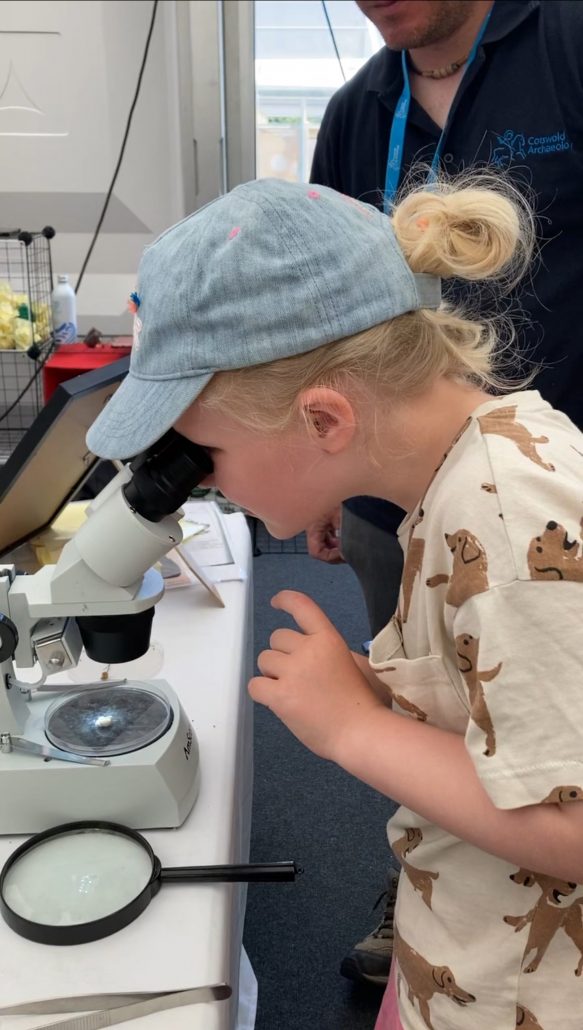
Explore Even More: Free Interactive Zones
From science games to hands-on invention hubs, explore these free drop-in areas open all weekend:
- 🧠 Discover Zone – Curious science explained
- 🕹️ The Arcade – Tech and games galore
- 🔧 MakerShack – Build, invent and create!
Find out more: cheltenhamfestivals.org/cheltenham-science-festival-interactive-zones
Must-See Family Events
Here are some highlights from the festival’s family programme:
Becoming A Champion
Tuesday 3rd June 2025, 5.30pm, Cheltenham Town Hall. Age 7+
On your marks, get set, go… with Paralympic champion Grace Harvey and performance scientist Steve Ingham. Discover the physical and mental challenges of being an athlete and the science of how to become a champion. Find out what it feels like to win gold and learn how everyone can enjoy sport. Chaired by TV presenter Maddie Moate.
Sweet Shop Science
Saturday 7th June 2025, 10am, Cheltenham Town Hall. Age 7+
Join TV scientist and food physicist Chris Clarke on a colourful, zingy and messy journey through the science behind our favourite sweet treats. Explosive sugar, suspicious smells, the world’s sourest sweet and plenty more sensory experiences to tickle your tastebuds. Get ready for hands on demonstrations and plenty of tasters as Dr Chris whips, rolls, smashes and blows up his travelling confectionary kitchen.
Teddy Bear Vet
Saturday 7th June 2025, various times, The Queens Hotel, Cheltenham. Age 5+
It’s time for a check up! Bring along your favourite stuffed toy to the teddy bear vet clinic, where you will learn what it’s like to be a vet and how you can keep your teddies happy and healthy. Get hands-on experience at working in a veterinary surgery from bandaging to taking x-rays, and learn what it’s really like to care for animals from real-life vet Jess French.
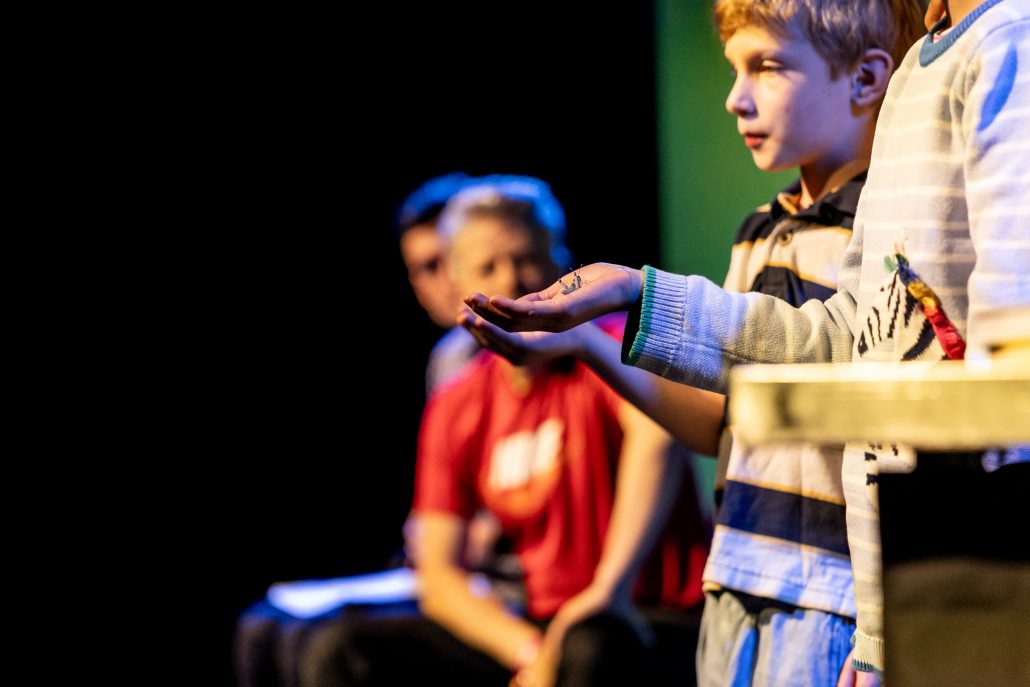
Even More Impossible Questions
Saturday 7th June 2025, 10.30am, Pillar Room, Cheltenham Town Hall. Age 7+
Has a slug ever been to space? Can you unboil an egg? Bestselling science writer Isabel Thomas provides even more answers to the weird and wonderful questions that buzz around children’s brains at bedtime. Explore the answers with interactive experiments and bring your own bamboozling brainteasers for a chance to star in Isabel’s next book!
Science Is Lit
Saturday 7th June 2025, 12pm, Cheltenham Town Hall. Age 8+
Alright BOOM, TikTok star Big Manny is back with more amazing experiments that he’ll perform on stage and that you can try at home. This time we’re gonna be learning all about physics tings – from sound waves to circuits and mad magnetism to sparky electricity. Chaired by Greg Foot.
Extreme Climates
Saturday 7th June 2025, 12pm, The Parabola Arts Centre, Cheltenham Ladies’ College. Age 7+
Prepare for a storm chasing adventure as you explore the extremes of our planet with climate scientist and TV presenter, Mark Langtry. Harness hurricanes and twist tornados as you investigate our changing climate. This high energy show will make you feel powerful about your future and inspire you to make a positive impact on our world.
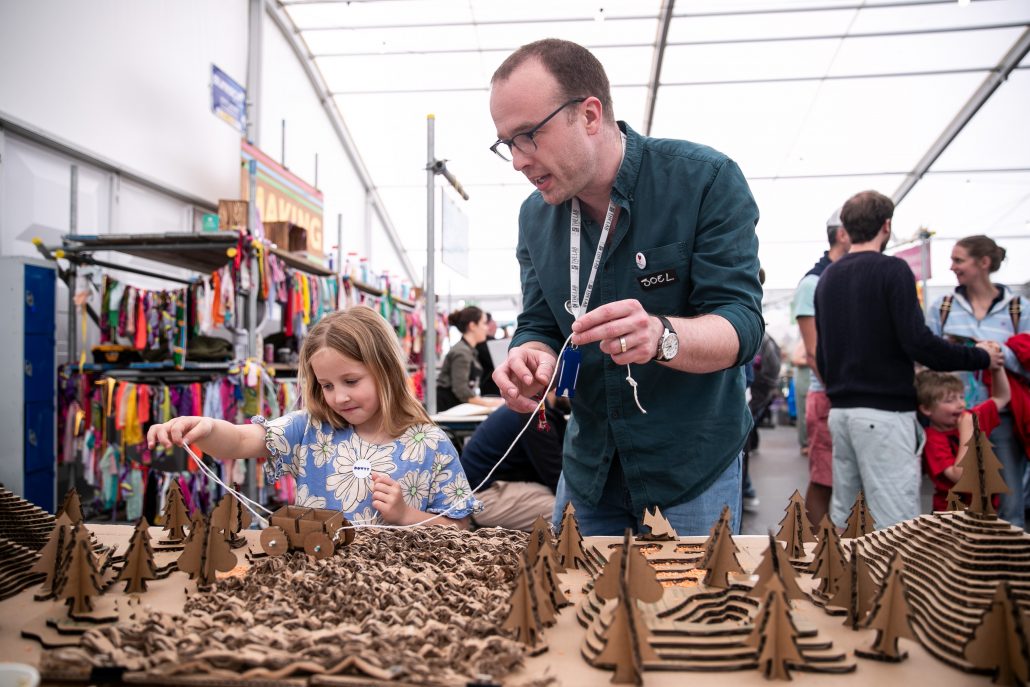
Origami Robots
Sunday 8th June 2025, 10am, The Queens Hotel, Cheltenham. Age 7+
Can you build a robot with paper? Join origami engineer and roboticist Chenying Liu to explore the potential of origami in advanced robotics. Get hands-on and transform flat sheets of paper into impressive structures for robotics, sustainable home decoration and even space exploration.
Guinness World Records Goes Scientific
Sunday 8th June 2025, 10.30am, The Parabola Arts Centre, Cheltenham Ladies’ College. Age 8+
Join the Guinness World Records for a science themed hour of jaw-dropping records, remarkable feats and fascinating facts – it’s fun for all the family. Discover how record breaking has changed over the years and what incredible records might be broken in 2025. Plus, take part and maybe set your own Guinness World Records title.
There’s A Zoo In Your House
Sunday 8th June 2025, 11am, Pillar Room, Cheltenham Town Hall. Age 5+
Would an elephant eat your cereal? Could a hippo wallow in your bath? Join author and vet Jess French as you draw along with Shoo Rayner to transform your house into a zoo. Chaired by Becci Smith.
Note: Event details are subject to change. For the most up-to-date information and booking, visit the Cheltenham Festivals What’s On page.
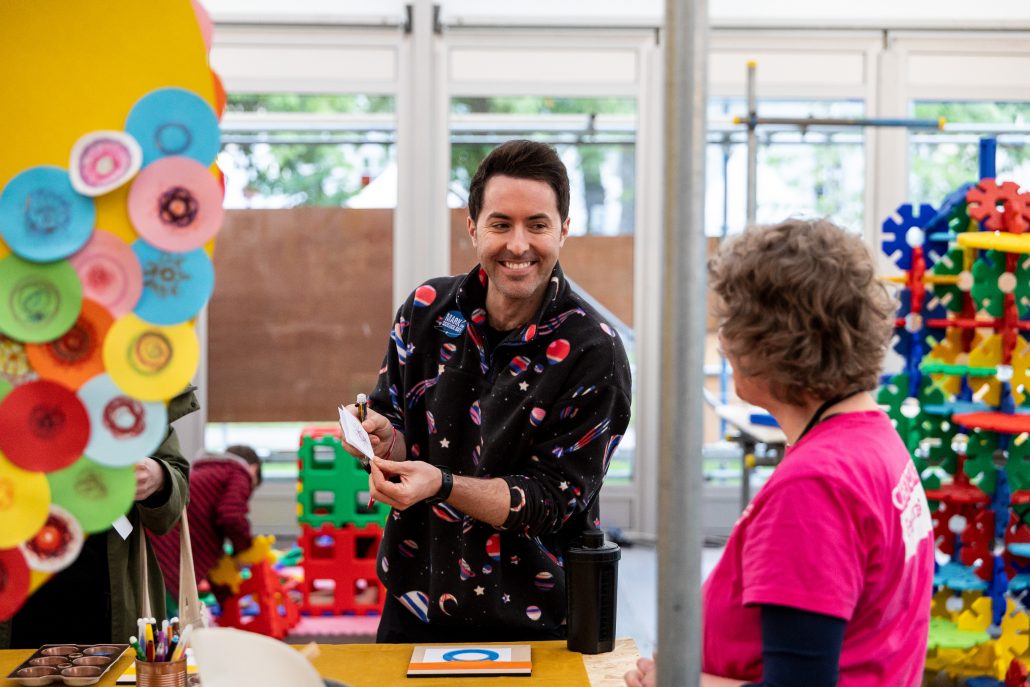
Other UK Science Festivals to Explore
Can’t make it to Cheltenham? Here are other science festivals across the UK that offer family-friendly activities:
- The Big Bang Fair – 17th – 19th June 2025, Birmingham. This event showcases STEM careers and interactive exhibits for young people.
- Manchester Science Festival – Features a range of events, from hands-on workshops to science-themed art installations. Check their site for dates of their next festival.
- Edinburgh Science Festival – Offers a diverse programme of activities, including experiments, shows, and discussions suitable for all ages. Check their site for dates of their next festival.
- Oxford Science and Ideas Festival – Combines science with arts and culture, providing a unique experience for families. Next festival is in October 2025 – check their site for specific dates, to be announced in August 2025.
Note: Please check each festival’s official website for the latest information on dates and programmes.
Keep the Curiosity Alive at Home
Extend the excitement beyond the festivals with a subscription to Whizz Pop Bang! Our monthly magazine is packed with experiments, facts, and fun activities that make science accessible and enjoyable for children. It’s a screen-free way to keep young minds engaged and learning.

